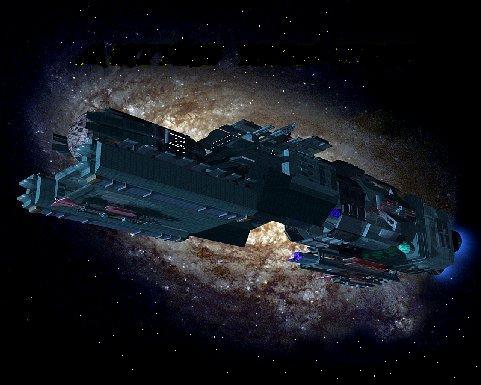Webb has a sun shield to protect its instruments and mirrors. The temperature difference between the sun-facing and shaded sides of the telescope is more than 600 degrees Fahrenheit! Space telescopes "see" by using mirrors to collect and focus light from distant stars. Webb telescope has 18 smaller mirrors that fit together. The mirrors fold up inside the rocket, then unfold to form one large mirror in orbit. Our solar system isn't the only home for planets! Scientists have discovered thousands of planets orbiting stars other discovered thousand than our Sun. These are called exoplanets. The James Webb Space Telescope will help to study the atmospheres of exoplanets. Could the atmospheres of some exoplanets hold the building blocks for life? We will find out soon!

